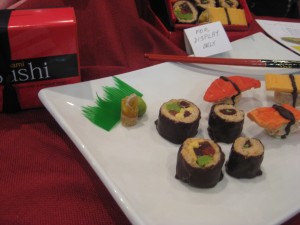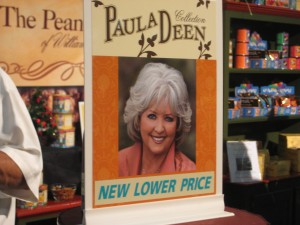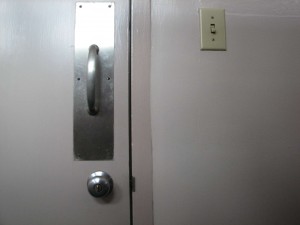Early in my career, I was lured to advertising’s “dark side”. I stopped in to see a department store client and was told that, while there were presently no freelance copy assignments, the direct marketing manager had just quit and I was welcome to apply for the job. Thus began a five year journey that culminated in a position as account supervisor at a national agency before I ran screaming into the sunlight on Wilshire Blvd. and ceremonially buried my suit in my back yard.
Creative colleagues kid me about my poor judgment (in taking the job, not losing the suit) to this day. But this experience actually provided valuable lessons that have sustained me throughout my freelance career.
The first lesson was the relationship between what I wrote and the financial success of the company. Previously, I’d written more or less for my own amusement and maybe to impress the girls in the office. My perspective changed when my boss at Broadway Department Stores, Marketing VP Jan Wetzel, took me for a store tour on the first day of a big sale so I could see people lined up to products which up to now had been copyblocks and production art. Now, I realized they were buying at least in part because of the creative presentation.
My learning was reinforced when I later had a job as ad director at a company that sold tools on the phone; prospects called an 800 number in response to a mailer I would send out. When there was an excess of incoming calls, they would overflow to the receptionist at the front desk. I soon learned that when she was too busy to say good morning, we had a successful mailer on our hands. Aha, creative presentation makes a marketing difference (along with some list testing I got to play with)!
Another lesson was a corollary of this one. I discovered, because the creatives now working for me did not always do it, how important it was to honor schedule and budget commitments and to treat the “suits” with mutual courtesy. I can still see a TV art director at a large Detroit-based agency looking me in the eye and explaining away a mediocre script for a :30 retail supermarket spot because “Otis, there are only so many good ideas.” And when I returned to the creative side I initially found it hard to find work because creative directors figured if I had done account work, my writing couldn’t possibly be any good.
Pay attention to P&L. Honor schedules and budgets. Treat your client with respect. This is stuff they don’t teach in cub copywriter school. I’m glad I have the opportunity to learn it.




